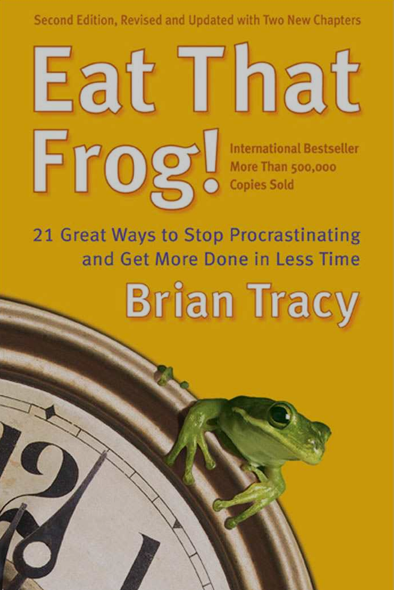There is no doubt that when we change the physical configuration of our body, there is a corresponding psychological change. Earlier I posted about smiling making you happier, even when you’re feeling down. Another example is non-verbal communication, the complex signaling that happens between people based entirely on posture, hand gestures, vocal tonality, and many other cues. Just in case you think I am overstating the power of this effect, it turns out that people systematically underestimate guesses when leaning to the left. That one even blew me away!
In addition to the position of our body, our environment also plays a very large role on our mental state. The color red has connotations of danger, and this has deep evolutionary roots. The difference in energy level between a bright room and a dark room is profound – find a dimmer switch and try this for yourself! Thanks to our incredibly plastic brains, we can build up associations between any two phenomena over time, and this includes places and mental states too. For example, one common piece of productivity advice is to have a separate work space and non-work space.
I am sure you see where this is going. When you want to change your behavior you need to change your mind, and you can always change your mind by changing either your body or the environment! Are you working on a laptop right now? Pick it up and move to another location! If you find yourself stuck in an unhelpful mental state, stand up immediately and go take a walk around the block. Focus on the sensations of your face and body, notice any tension you are holding there, and consciously relax all of those muscles until you are limp. When you are about to make a habitual decision – like opening that internet browser again – do something immediately to interrupt the usual pattern. Sit on the edge of your chair with your back straight to focus yourself on the task at hand.
The power of this technique is both immense and incredibly subtle. The smallest changes in your body can affect your mind, and on the margin this can make all the difference. Learn how your body responds and keep trying different interventions!


